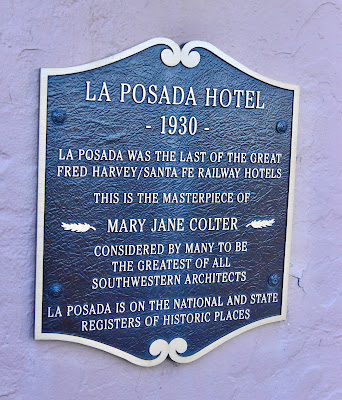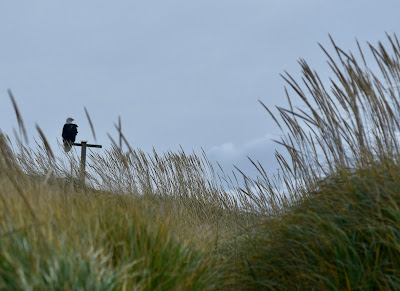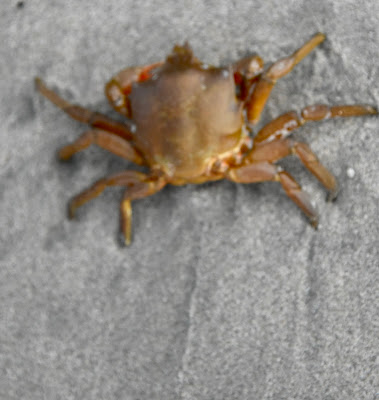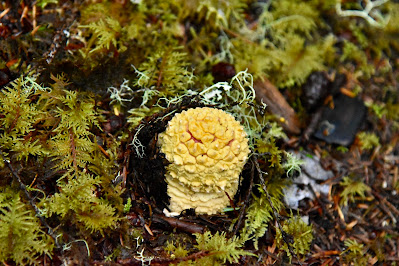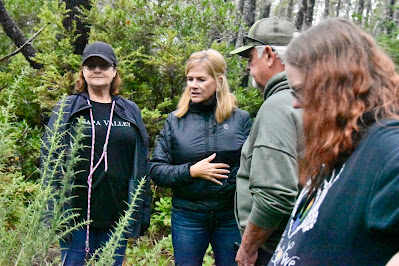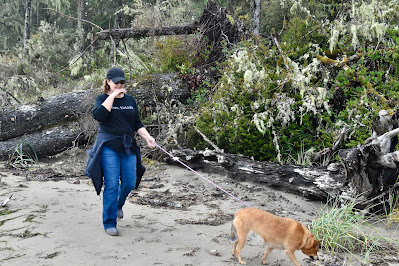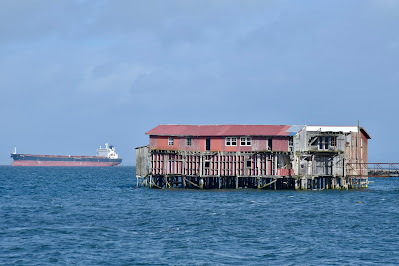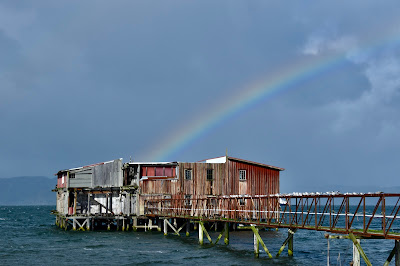Tradition succumbed . . .
. . . to circumstances as we embarked on a most atypical Christmas. On the morning of “the” eve, as we breakfasted on the gift of most outstanding biscotti, friend & neighbor Gail stopped in to join us.
We had haphazardly (mostly me) packed (the señor was quite a bit more proactive on the getting-ready-to-go activity) for our two days away from home, and enjoyed the hiatus.
Eventually, we were on the road at the crack of 10, heading to Arizona’s north country where we were to meet with our son Lewis in Holbrook. His work schedule did not allow time for coming to us in Prescott, so the mountain went to Mohammad.
Loathe as I am to venture onto highways, and most especially interstate thoroughfares, we traveled via back roads up toward the Mogollon Rim. Clearly, not many others were of the same mind, or the more likely scenario was that the number of people traveling to Holbrook for Christmas was nil, none, zippo, nada, zilch. At any rate, we had the road pretty much to ourselves, and enjoyed watching the scenery change as we climbed out of the lovely Verde Valley and into the higher-elevation forests.
At that point, our bird list consisted of ravens, and a roadrunner we spotted up ahead doing what they do best.
We bypassed Winslow, veering off the pavement and onto the gravel
of the Territorial Road, and coming into Holbrook’s
hinterlands of scattered homesteads.
We stopped at the bridge over Chevelon Canyon, reminisced about previous visits, and discussed our many visits to nearby Rock Art Ranch where we became friends with rancher Brantley Baird. Brantley and his family have just this month decided to close their fascinating place to tours due to liability concerns. I find it impossible to pass over that one-lane bridge without stopping for photo ops.
Our route took us along Brantley’s fence line; the wide open grasslands is a haven for numerous large flocks of horned larks. As we passed, they startled and dramatically flew as one to different patches of countryside.
My self-appointed role in these journeys is to point out things of interest, to wonder “What’s that?”, and to “suggest” (sometimes forcefully depending on our speed and my interest) that we stop, back up, or venture onto a divergent route, as the situation requires.
Dirt tanks built by ranchers to serve as water catchments for livestock are interesting stopping points, sometimes eliciting interesting birds or critters come for a drink. I called a halt near one; as we walked up the slope to see what we could see, we identified a Say’s Phoebe that had taken up temporary residence atop a fence post. It and a few cattle were the sole denizens just then.
Even with our leisurely departure, we had plenty of time to explore the nearby burg of Woodruff. We had been there briefly some decades previously and I recalled being totally taken with how attractive the town was; I had mentioned it a number of times.
Sadly, it appears that the years have not been good to Woodruff; in fact, I was shocked at the general deterioration we found. It’s not a time-consuming affair to drive pretty much every street in town. The population was reported as 200 in 2010; it's now down to 40.
The older, previously impressive houses have been abandoned, left to deteriorate under the unrelenting advance of time.
It was disconcerting to see: I could find not the slightest semblance of the beautiful little town we had visited 30 years ago. A very odd feeling indeed to witness a vital village becoming a ghost town.
A few homesteaders are raising small livestock in their yards; we saw chickens, goats, sheep, pigs . . .
. . . and one scruffy llama.
Along with some unique architecture, we questioned the what, why, when & who of several abandoned dugouts in the mix.
We spotted one bucolic nod to the season, a hay bale/car tire greeting.
As genealogists (and seekers to know all), of course we followed the winding lane of Cemetery Road and perused the local burying ground, somewhat unkempt - no doubt because of the dwindling population.
There we found many names of Arizona pioneer families and those of the LDS persuasion, names that were familiar to us. Woodruff was a Mormon settlement from the get-go, as are many other northern Arizona towns.
As a result, some of the earliest stones had plaques that indicated those folks were what is known as handcart pioneers.
Not surprisingly, many of those so designated were of Scandinavian origin, as the LDS church was proseletyzing in those north countries: converts were arriving in the U.S. by the thousands and then trekking across the plains to settle in Utah. My niece, Shannon, has ancestors who were handcart pioneers and eventually settled in southern Arizona, whence came my sister-in-law Sharon.
Before departing the cemetery area, I had to wonder about two nearby structures . . .
. . . but was unable to come up with an explanation for either, mysteries they remain unless my clever readers can discern their use. Anyone?
Woodruff is sited on the banks of the Little Colorado River, a lifeblood for those pioneers. We stopped to check out its meager flow at that juncture, and ventured out onto the old highway bridge-turned pedestrian-only as its timbers deteriorate and its superstructure gives way to the elements.
Finally remembering that there was an actual destination involved in our journey, we turned toward Holbrook via the Old Woodruff Road, driving a nicely graveled route as I opined at how much wide open country there remains unexplored by us, and noting dirt side roads that I hope to try out at some point in the near future.
As the first sojourners at our Holbrook lodging, we awaited son Lewis’ arrival after his work shift, then dined on sandwiches and sparkling cider while exchanging gifts. Our most atypical Christmas Eve yet, a desk lamp served admirably as our Christmas tree.
Christmas arrived, as it does every year right about this time. With it, we got a half day with Lewis after his work ended. The three of us are equally amenable to setting off on an explore, and that is how we found ourselves in a non-national-park section of the badlands known as the Painted Desert.
The day delivered plenty of welcome sunshine tempered with a slightly cool breeze - not too shabby for an end-of-December walkabout.
Avoiding shady spots as much as possible (the temps dropped dramatically out of the sun), we wound around the horizontally striped hills, anticipating that we must return for more extensive wandering.
As we retraced our route back toward the table-top grasslands from which the hills rise, far distant San Francisco Peaks' snowy summits showed the way. . .
. . . and we spied the pickup, dwarfed by the landscape, awaiting our return.
As reluctant as we were to depart that natural beauty, it was to replace that adventure with the more familiar. We dined at the historic and charming structure, La Posada, thus ending a Christmas celebration of non-tradition, or perhaps one that foretells a new custom.








































